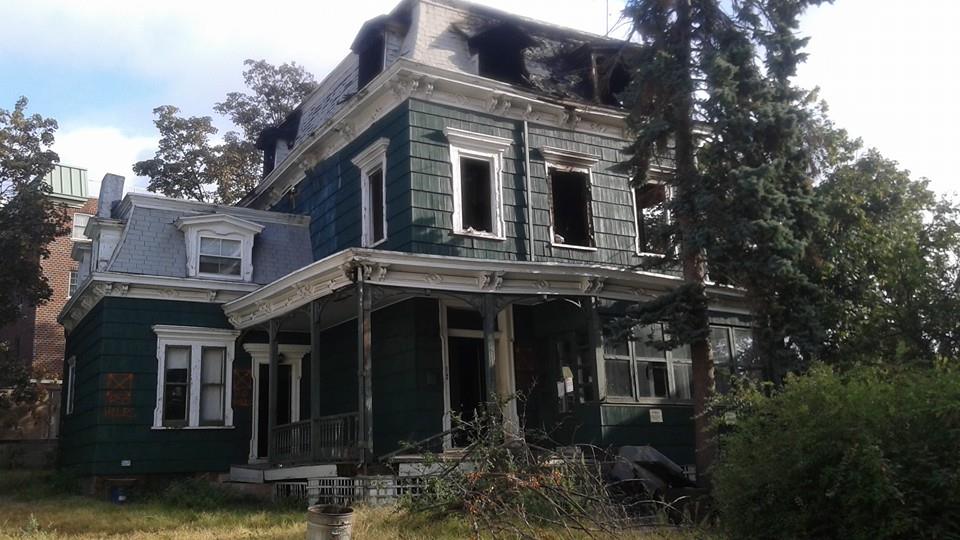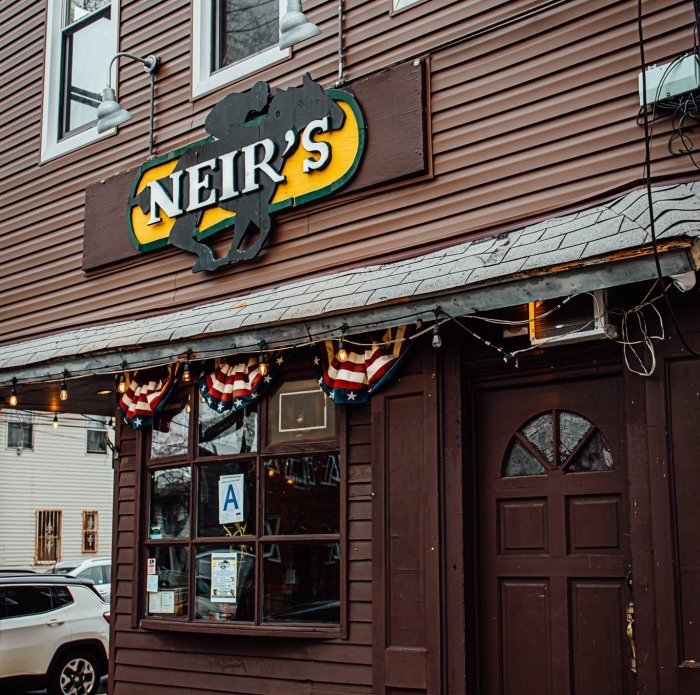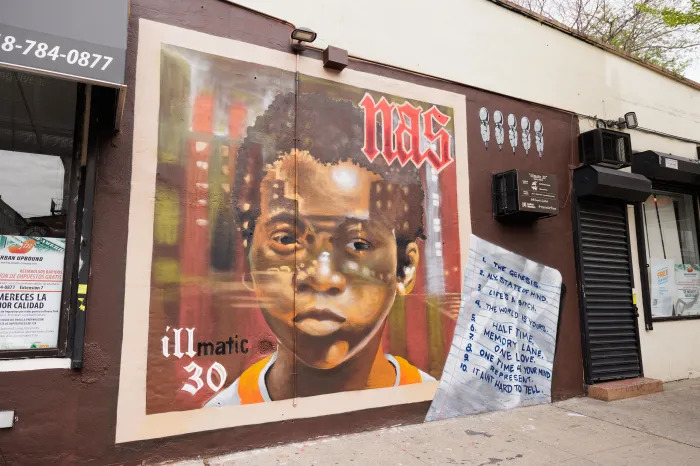When Marialena Giampino began researching the Bernardus Bloom Farmhouse in Elmhurst, she never expected to find more than 300 years of history.
Giampino, who is the communications officer for the Newtown Civic Association (NCA), started looking into its history as part of a new initiative by the NCA to get several historical structures in Elmhurst landmarked or find grants to preserve them.
Armed with only one book, “Elmhurst: Small Town to Mega Suburb” by Vincent Seyfried, and an old photograph, Giampino used the internet to fill in the blanks. She poured through old records and visited ancestry.com and online digital collections to learn more about the 40-acre property that has ties to the neighborhood dating back to 1700.
“We were all very excited and want to preserve the remaining last remnants of a long, almost forgotten history of the town of Newtown,” Giampino said.
The farmhouse, which was purchased by L&Z Realty on Aug. 20 for $2 million, first belonged to John Brinckerhoff. It was comprised of three lots in what was then the Newtown Township – a collection of neighborhoods from the East River to the Flushing River, according to the Newtown Historical Society’s website.
Located at 90-11 56th Ave., the house is situated in Elmhurst, which became part of Newtown when it was founded in 1652 by a group of Englishmen. Newtown was renamed Elmhurst in 1896, two years before Queens was incorporated into the City of Greater New York.
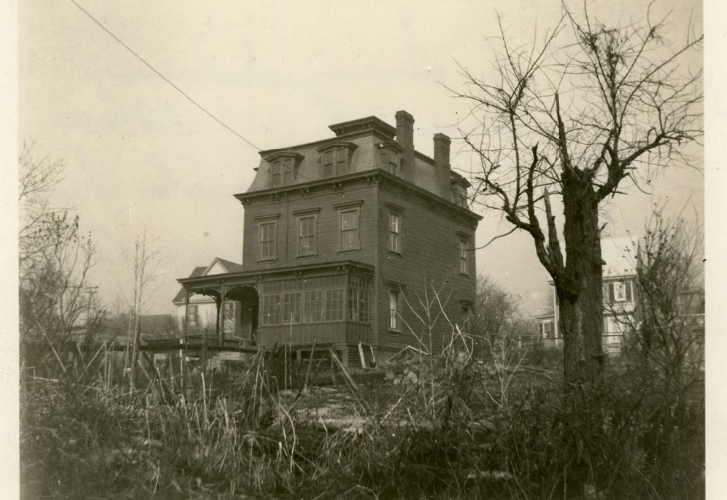
In 1742, Bernardus Bloom purchased the land from Brinckerhoff and it stayed in his family until 1852. Bloom was an established figure in Newtown as a tavern keeper, blacksmith and a colonel in the militia during the revolutionary war. He was also a signer who declined to recognize the Continental Congress in 1775.
Bloom was appointed the first headmaster of the ninth post office in Queens, according to the book “History of Queens” by W.W. Munsell. He later passed down the home and his blacksmith business to his grandson, who shared his name.
The next owners, the Suydam family, made several alterations to the house but according to Giampino, it hasn’t changed much since then. According to her findings, the home’s foundation contains several materials including stones, brick and old cement blocks. Giampino would like to have the house evaluated to decipher how old each part of the home is and which parts of the house were original to the first Bernardus Bloom.
State Senator Tony Avella offered his support and recently sent a letter to the Landmark Preservation Commission (LPC) asking for an expedited evaluation of the house to eventually grant it landmark status.
“As you may know, there is growing community support to landmark the property,” Avella said in the letter. “However, the community is concerned about possible demolition or alteration to the building that may happen before the landmark evaluation process has been initiated.”
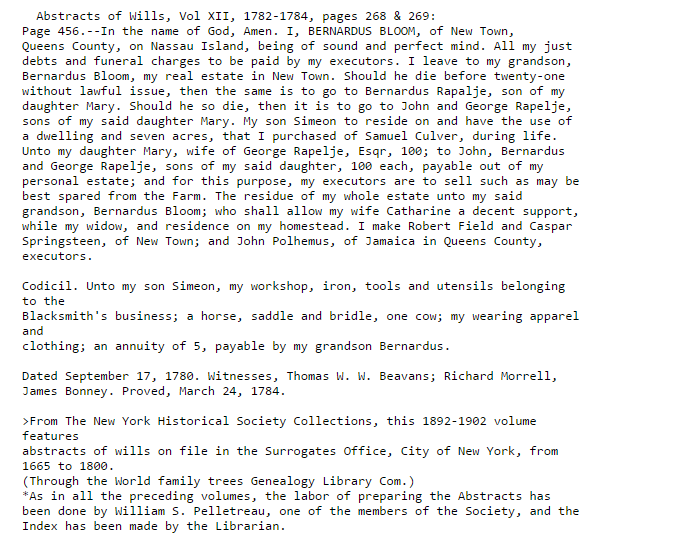 The house has sustained damage as a result of a fire on Sept. 8. According to Giampino, the third floor suffered the most extensive damage, and authorities from the FDNY have told her that the fire was probably caused by squatters. Since the house is not properly secured, people can move freely in and out.
The house has sustained damage as a result of a fire on Sept. 8. According to Giampino, the third floor suffered the most extensive damage, and authorities from the FDNY have told her that the fire was probably caused by squatters. Since the house is not properly secured, people can move freely in and out.
L&Z Realty purchased the property with plans to erect several homes on the land. Giampino has tried several times to reach out to the owners, Kui Lin and Bo Jin Zhu, but has not received a response. The owners of L&Z Realty could not be reached by The Courier for comment.
Giampino has big plans for this house, which is nicknamed the Horse Brook house after a stream that ran along what is now Justice Avenue. She said the NCA wants to transform it into a museum and memorial for the Elmhurst community and New York City. She envisions a space where children can learn about Queens history on field trips and a location for exhibitions and cultural events.
Giampino is asking local residents to reach out to elected officials like Councilman Daniel Dromm and state Senator Toby Ann Stavisky to gain their support and eventually turn the house into a landmark. She sent her findings to the LPC and is hoping to save the home from demolition.
“We all think it would be a great idea to take this last remaining residential home from the beginning of the Elmhurst community and turn it into a living museum basically, that tells us about our past and our colonial beginnings and basically up to what it’s come to today, which is the most cultural neighborhood in the U.S.,” Giampino said.

